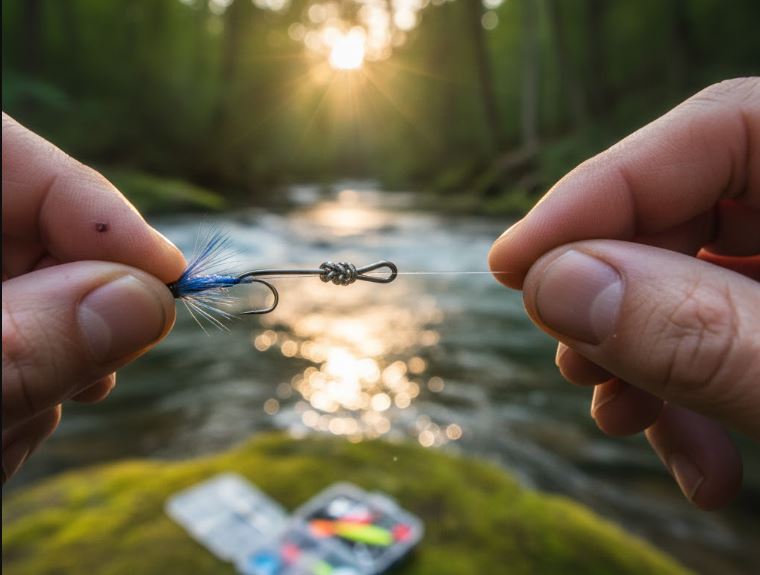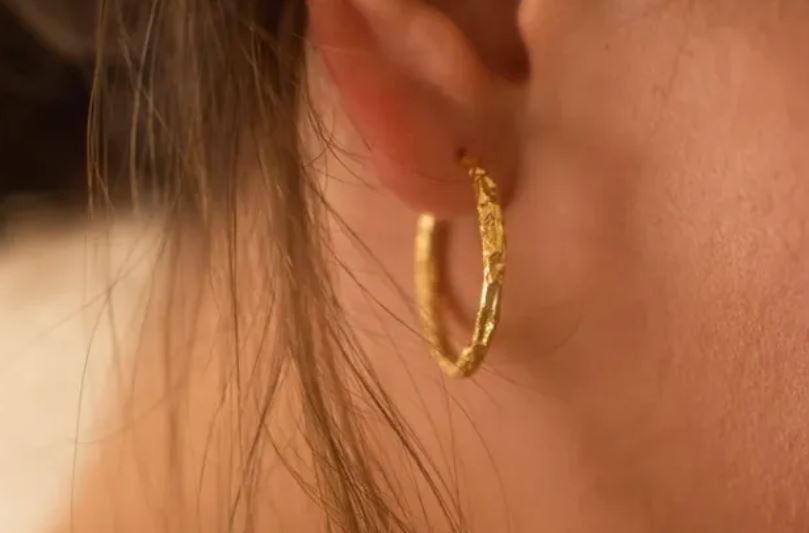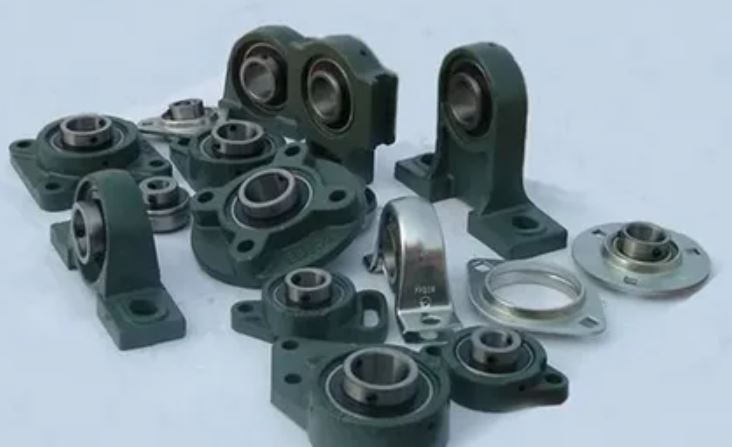In 2025, fishing technology has advanced faster than ever before, with advanced saltwater fishing rods, lightweight reels, and high-strength lines redefining the experience for anglers around the world. But, no matter how innovative the gear, one timeless skill remains the key to success on the water: the ability to tie strong and reliable easy fishing knots.
Whether you’re chasing trophy marlin in open waters or simply enjoying a relaxing day by the coast, knowing the right knots can mean the difference between landing your dream catch and losing it at the last second. This guide delves into the most important fishing knots in 2025, their applications, and how modern anglers are improving their techniques for stronger, smarter ties.

Why Easy Fishing Knots Still Matter in 2025
The knot is still the most important connection between the angler and the fish, even with the development of more sophisticated equipment. A badly tied knot can result in broken lines and lost lures, regardless of whether your setup includes the newest saltwater fishing rod or a high-end braided line.
The special properties of contemporary fishing lines knot, especially fluorocarbon and braid, necessitate the use of appropriate knots for maximum strength. In addition to ensuring smooth casting and preventing slippage under pressure, a properly tied knot helps preserve line integrity. To put it briefly, learning knots remains the foundation of any successful fishing excursion.

1. The Improved Clinch Knot – A Timeless Classic
The Improved Clinch Knot has endured and is still a popular choice among fishermen in 2025. It is well-known for being strong and easy to use, making it perfect for attaching hooks, lures, and swivels to fluorocarbon or monofilament lines.
Why it’s still relevant:
- Easy to tie in windy conditions.
- Maintains 95% of line strength when properly lubricated.
- Reliable for both freshwater and saltwater fishing rods setups.
Pro tip: To prevent friction damage, always wet the line before tightening.
2. The Palomar Knot – Strength and Simplicity Combined
If you’re using braided line, the Palomar Knot is a must-have in your repertoire. It is a favorite among both novices and experts due to its remarkable strength and speedy tying process.
Best use:
- Perfect for braided lines.
- Excellent for attaching hooks or terminal tackle.
Even under extreme tension, the knot will stay strong thanks to its double-line pass through the eye, which provides a firm hold. In 2025, the Palomar is still a reliable option for saltwater fishermen pursuing larger species.
3. The Uni Knot – Versatility at Its Best
One of the most adaptable simple fishing knots is the Uni Knot, sometimes referred to as the Duncan Loop. It can be used to make loops, join lines, and tie hooks on nearly any kind of line.
Why anglers love it:
- Adjustable strength based on the number of wraps.
- Works well on both mono and braid lines.
- Can be used as a reliable line-to-leader connection.
In order to ensure seamless transitions and less friction during casting, modern anglers frequently favor the Double Uni Knot variation when joining braided mainlines to fluorocarbon leaders.
4. The FG Knot – The Leader Connection King
The FG Knot has emerged as the ideal braid-to-fluorocarbon connection for big game fish hunters using saltwater fishing rods. This knot offers remarkable strength and a slim profile, which makes it easy to pass through rod guides, but it does require some practice.
Key advantages:
- Incredibly strong line-to-leader connection.
- Perfect for heavy-duty saltwater setups.
- Slim design reduces casting resistance.
By 2025, many anglers will have mastered the art of tying intricate knots like the FG thanks to new tools and apps that walk them through the process step-by-step.
5. The Loop Knot – For Lure Freedom and Movement
Those who prefer active lure fishing must use the Loop Knot, also known as the Non-Slip Loop Knot. It simulates the action of a natural bait by allowing the lure to move freely.
Why it matters:
- Increases lure presentation realism.
- Works well with topwater and jigging lures.
- Reliable even when frequently changing baits.
This knot is perfect for anglers who use small travel fishing rods on their adventures because it’s easy to tie and allows for multiple lure swaps throughout the day.
Pro Tips for Stronger Easy Fishing Knots in 2025
- Match your knot to your line type: Different knot styles are needed for braid, fluorocarbon, and monofilament in order to maximize grip and reduce slippage.
- Lubricate before tightening: Knots are weakened by friction; line strength can be maintained with a simple drop of water or saliva.
- Trim neatly: A neat finish makes it easier for knots to flow through guides and stops line fraying.
- Test before casting: Before going fishing, always pull-test your knots. Finding weakness onshore is preferable to fighting for a trophy catch.
- Learn from technology: Visual knot-tying tutorials are now included in a number of 2025 fishing apps and smart rod systems, ensuring that even novices can tie knots of expert quality.
Traditional Basic Fishing Knots
In 2025, fishing has evolved into a fusion of technology and tradition. Even though equipment is constantly changing, from sophisticated saltwater fishing rods to AI-assisted reels, a well-tied knot remains the key to a strong connection.
In addition to securing your line, the proper fishing knots demonstrate an angler’s skill and discipline. Because stronger ties ultimately result in stronger catches, spend some time learning these fundamental knots as you organize your upcoming trip.





